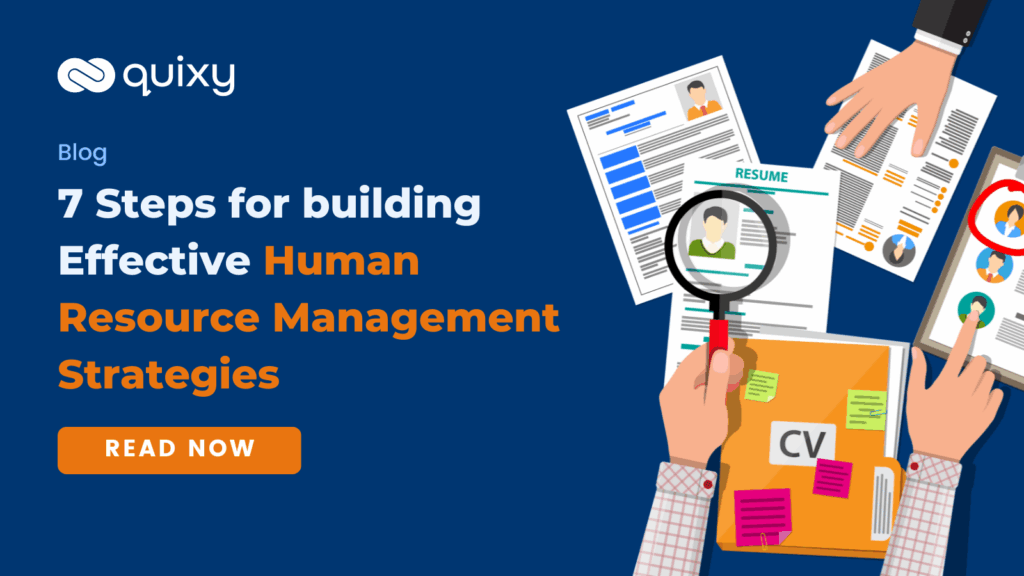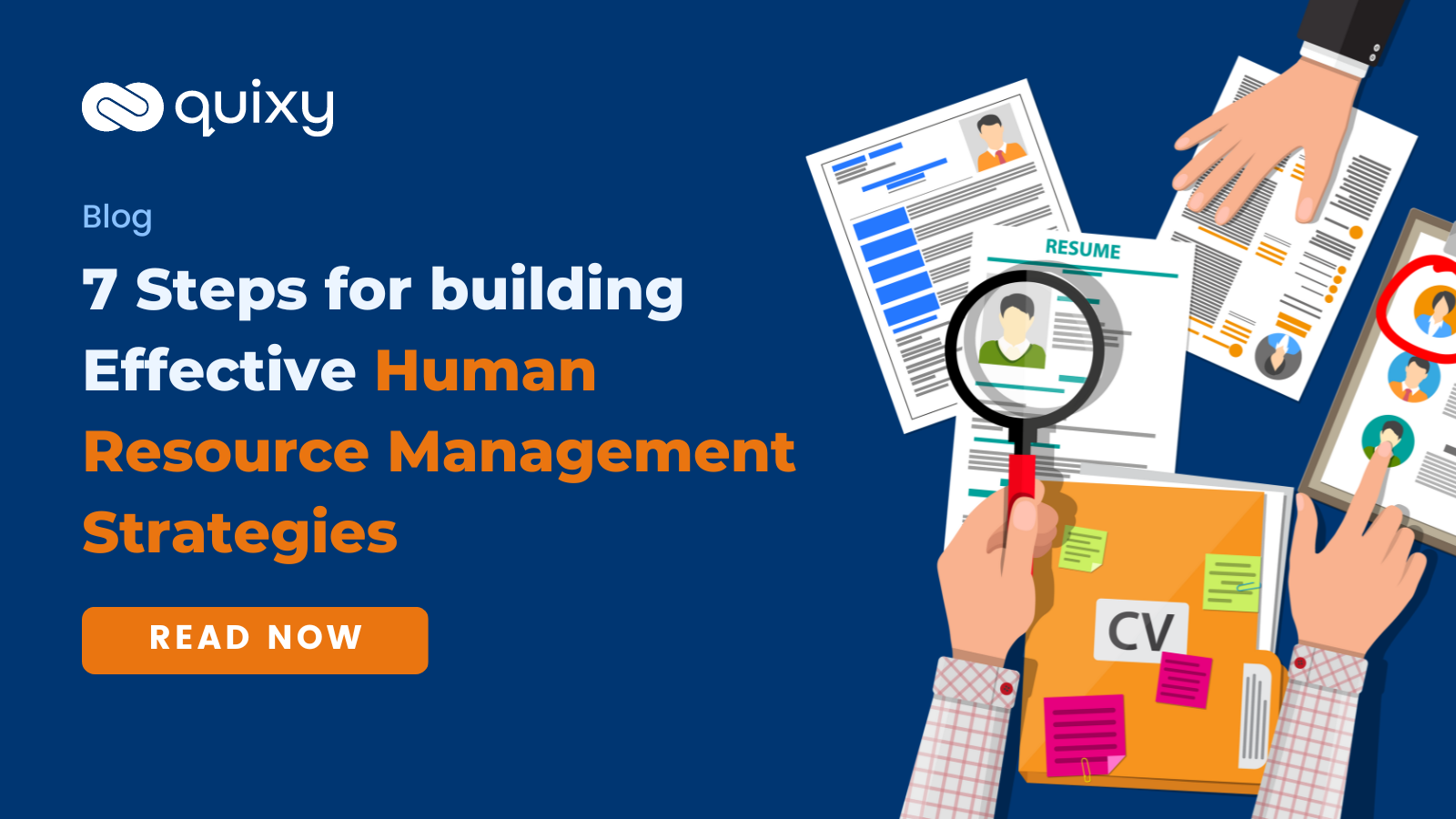
Essential Human Resources Tips for Modern Workplaces
In today’s rapidly evolving business landscape, Human Resources (HR) departments face unprecedented challenges. From navigating remote work policies to fostering inclusive company cultures, the role of HR has become more critical than ever. This article provides essential human resources tips to help HR professionals thrive and create a positive impact within their organizations. We’ll explore strategies for talent acquisition, employee engagement, compliance, and more, offering actionable insights for building a successful and sustainable workplace. These human resources tips are designed to be practical and adaptable to various organizational structures and sizes. Stay ahead of the curve and empower your workforce with these key strategies.
Talent Acquisition Strategies
Attracting and retaining top talent is a cornerstone of any successful organization. The following human resources tips focus on optimizing your talent acquisition process:
Crafting Compelling Job Descriptions
Your job description is often the first interaction a potential candidate has with your company. Ensure it accurately reflects the role’s responsibilities, required skills, and company culture. Avoid generic descriptions; instead, highlight what makes your company unique and why candidates should choose to work for you.
Leveraging Multiple Recruitment Channels
Don’t rely solely on traditional job boards. Explore alternative channels such as LinkedIn, industry-specific websites, and employee referral programs. Consider attending virtual or in-person career fairs to connect with potential candidates directly. A multi-faceted approach expands your reach and increases the likelihood of finding the right fit.
Implementing a Streamlined Application Process
A cumbersome application process can deter qualified candidates. Simplify the process by using applicant tracking systems (ATS) to manage applications efficiently. Ensure your application form is user-friendly and mobile-optimized. Provide clear instructions and prompt feedback to candidates throughout the process.
Conducting Effective Interviews
Interviews are crucial for assessing a candidate’s skills, experience, and cultural fit. Prepare structured interview questions that align with the job requirements. Use behavioral-based questions to understand how candidates have handled specific situations in the past. Involve multiple interviewers to gain diverse perspectives. [See also: How to Conduct Effective Remote Interviews]
Employee Engagement and Retention
Engaged employees are more productive, innovative, and committed to their organizations. These human resources tips focus on fostering a positive and engaging work environment:
Prioritizing Employee Well-being
Employee well-being is no longer a perk; it’s a necessity. Offer comprehensive wellness programs that address physical, mental, and financial health. Encourage work-life balance by promoting flexible work arrangements and providing ample vacation time. Recognize and address signs of burnout among employees. These human resources tips are essential for creating a supportive environment.
Providing Opportunities for Growth and Development
Employees are more likely to stay with a company that invests in their growth and development. Offer training programs, mentorship opportunities, and tuition reimbursement. Create clear career paths and provide regular feedback to help employees achieve their goals.
Fostering a Culture of Recognition and Appreciation
Recognize and appreciate employees’ contributions regularly. Implement formal recognition programs, such as employee of the month awards, and encourage informal recognition through peer-to-peer feedback. Celebrate team successes and milestones to foster a sense of camaraderie. Showing appreciation goes a long way in improving employee morale.
Promoting Open Communication and Transparency
Open communication is essential for building trust and fostering a positive work environment. Encourage employees to share their ideas and concerns. Provide regular updates on company performance and strategic initiatives. Be transparent about decision-making processes and address employee questions promptly. These human resources tips can significantly improve employee satisfaction. [See also: Building a Culture of Open Communication]
Compliance and Legal Considerations
HR professionals must stay informed about ever-changing employment laws and regulations. These human resources tips focus on ensuring compliance and mitigating legal risks:
Staying Updated on Employment Laws
Employment laws vary by jurisdiction and are subject to change. Subscribe to legal updates, attend industry conferences, and consult with legal counsel to stay informed about the latest regulations. Ensure your policies and practices comply with all applicable laws, including anti-discrimination laws, wage and hour laws, and workplace safety regulations.
Implementing Clear and Consistent Policies
Develop clear and consistent policies that address key HR issues, such as anti-harassment, code of conduct, and data privacy. Communicate these policies effectively to employees and ensure they are consistently enforced. Regularly review and update your policies to reflect changes in the law and best practices. These human resources tips are crucial for maintaining a fair workplace.
Maintaining Accurate Records
Maintain accurate and up-to-date employee records, including personnel files, payroll records, and training records. Ensure your record-keeping practices comply with data privacy regulations, such as GDPR and CCPA. Implement secure storage and access controls to protect sensitive employee information.
Conducting Regular Audits
Conduct regular audits of your HR practices to identify potential compliance gaps. Review your hiring processes, compensation practices, and employee performance management systems to ensure they are fair, consistent, and legally compliant. Address any identified issues promptly and implement corrective actions. These human resources tips can help avoid costly legal issues.
Leveraging Technology in HR
Technology can streamline HR processes, improve efficiency, and enhance the employee experience. Here are some human resources tips for leveraging technology effectively:
Implementing an HR Information System (HRIS)
An HRIS can automate many administrative tasks, such as payroll processing, benefits administration, and time tracking. It can also provide valuable data and analytics to inform HR decision-making. Choose an HRIS that meets your organization’s specific needs and integrates seamlessly with your other systems.
Utilizing Data Analytics
HR data analytics can provide insights into employee engagement, turnover rates, and the effectiveness of HR programs. Use data to identify trends, predict future outcomes, and make data-driven decisions. For example, analyze employee survey data to identify areas for improvement in employee satisfaction. These human resources tips allow for a proactive approach.
Adopting Automation Tools
Automation tools can streamline various HR processes, such as recruitment, onboarding, and performance management. Use chatbots to answer employee questions, automate routine tasks, and improve the overall employee experience. Consider implementing robotic process automation (RPA) to automate repetitive tasks and free up HR staff to focus on more strategic initiatives.
Enhancing Communication with Digital Platforms
Digital platforms can facilitate communication and collaboration among employees. Use collaboration tools, such as Slack or Microsoft Teams, to improve communication and streamline workflows. Create an employee intranet to share company news, policies, and resources. [See also: Choosing the Right HR Technology Platform]
Promoting Diversity, Equity, and Inclusion (DEI)
Creating a diverse, equitable, and inclusive workplace is not only ethically sound but also beneficial for business. These human resources tips focus on promoting DEI within your organization:
Developing a DEI Strategy
Develop a comprehensive DEI strategy that aligns with your organization’s values and goals. Conduct a diversity audit to assess your current workforce demographics and identify areas for improvement. Set measurable goals for increasing diversity and promoting inclusion.
Implementing Inclusive Hiring Practices
Implement inclusive hiring practices to attract and retain a diverse workforce. Use diverse job boards, remove bias from job descriptions, and train hiring managers on unconscious bias. Ensure your interview process is fair and equitable for all candidates. These human resources tips are important for fostering inclusivity.
Providing DEI Training
Provide regular DEI training to employees at all levels. Educate employees on the importance of diversity, equity, and inclusion. Address unconscious bias, microaggressions, and other forms of discrimination. Create a safe and respectful environment where employees feel comfortable sharing their perspectives.
Creating Employee Resource Groups (ERGs)
Establish employee resource groups (ERGs) to provide support and networking opportunities for employees from diverse backgrounds. ERGs can help foster a sense of belonging and create a more inclusive workplace. Encourage ERGs to participate in company-wide DEI initiatives.
Implementing these human resources tips will help you create a modern, thriving, and compliant workplace. By focusing on talent acquisition, employee engagement, compliance, technology, and DEI, you can build a strong and sustainable organization that attracts and retains top talent. Remember that the landscape of HR is constantly evolving, so continuous learning and adaptation are key to success.

